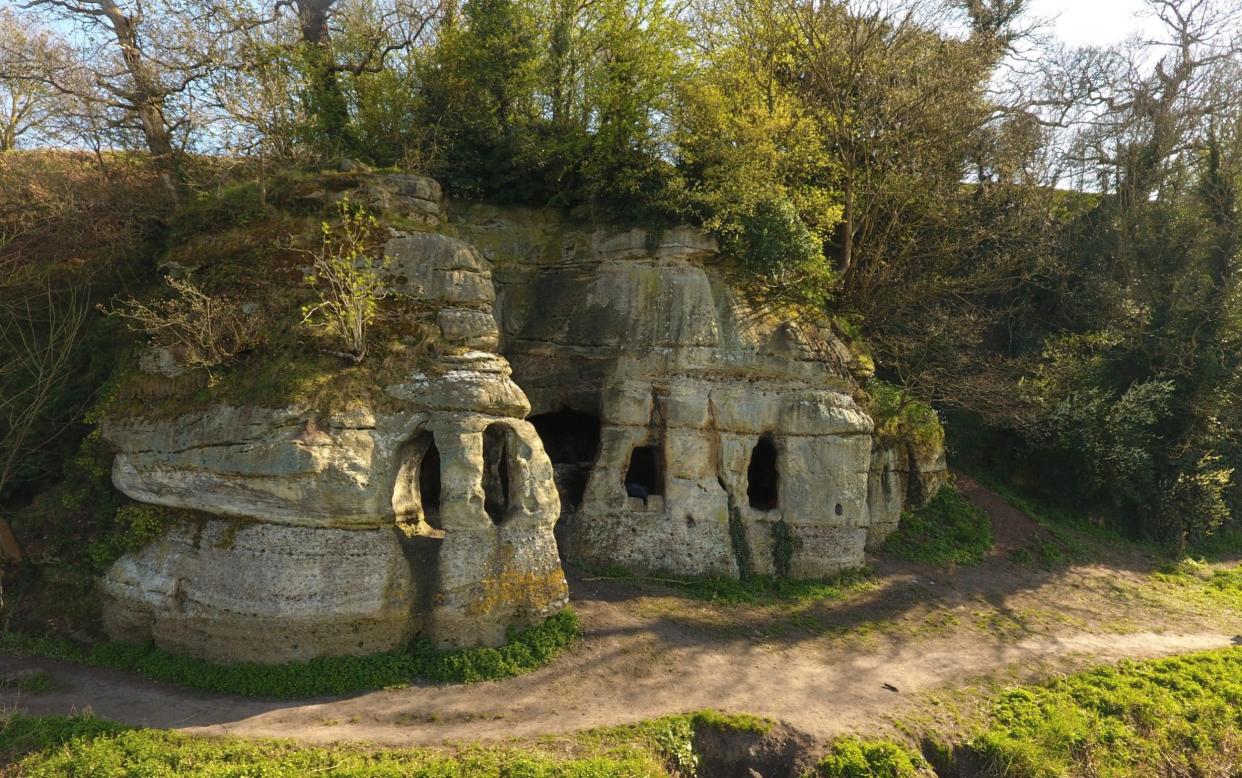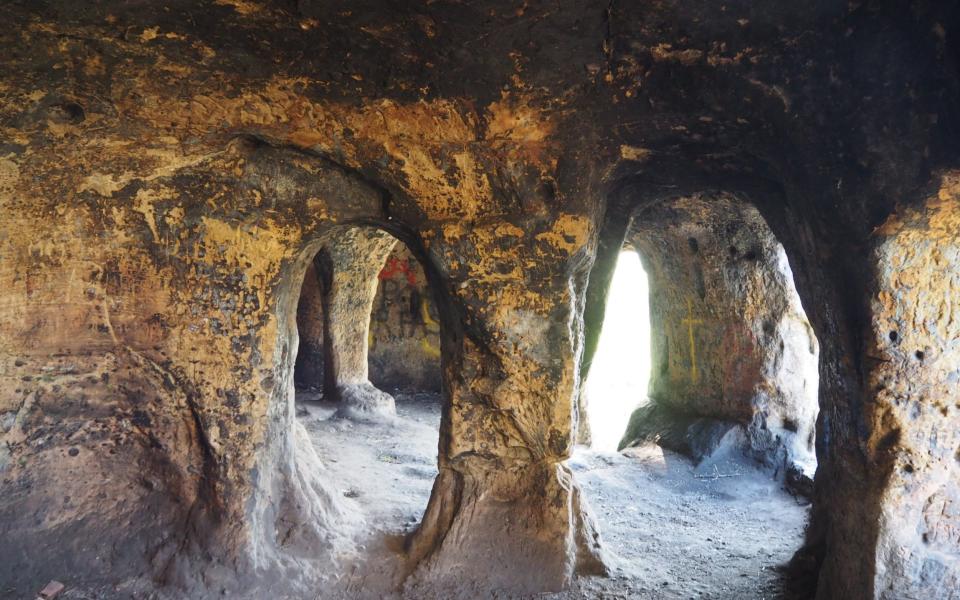Hermit king’s cave hideout is revealed to be Britain’s oldest home

Britain's oldest surviving house is a 9th-century cave in Derbyshire which was the home of a Saxon king, a new study has found.
The medieval dwelling, called Anchor Church Caves, is Grade-II listed and has been mistaken for decades as an 18th century Georgian folly.
But analysis by the Royal Agricultural University (RAU) and Wessex Archaeology found the three-chambered cave was actually Saxon in design and was likely dug out in the 9th century.
Researchers believe the home was crafted 1,200 years ago for King Eardwulf, a deposed ruler of Northumberland, who spent his exile in Mercia as a hermit. His holy work led to him later being canonised as Saint Hardulph.
Hardulph died around 830AD and was buried at Breedon on the Hill, five miles from the caves.
Edmund Simons, principal investigator of the project and a research fellow at the RAU, found the cave’s architecture had striking similarities to other Saxon buildings in the region.

These clues, combined with a surviving manuscript, which reads "Saint Hardulph has a cell in a cliff a little from the [River] Trent", convinced the researchers the cave was from the 9th century and was Hardulph’s abode.
"Hardulph was a retired king and a saint. It’s not certain that he lived in the cave, but it’s the only likely explanation of his home," Mr Simons told The Telegraph.
"A hermit then was not a lone, beardy weirdy in a cave living off nuts, it was a holy man with disciples and he was on his way to being a saint.
"There are a few churches with doors and windows which are older than the cave, but this is a domestic home where somewhere someone lived, ate and slept and I can't think of anywhere older. This is a completely artificially built building, even if it is underground."

It was previously believed that the cave was made in the 1700s because Sir Robert Burdett, a Tory politician, renovated the space.
"It was a party house – they knocked some walls down and put a chimney in," said Mr Simons.
"They did this to squeeze through tables full of booze and ladies in big dresses. Its natural features mean it is warm in the winter and cold in the summer.
"These cave dwellings have often been overlooked by historians but may be the only intact domestic building to have survived from the Saxon period," he added.
Mark Horton, Professor of Archaeology at the RAU, said: "It is extraordinary that domestic buildings over 1,200 years old survive in plain sight, unrecognised by historians, antiquarians and archaeologists."
The findings are published in the University of Bristol Spelaeological Society Journal.

 Yahoo News
Yahoo News 
